What's New?
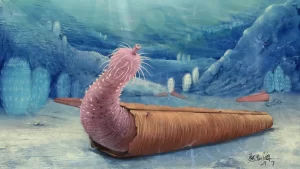
Ancient Squatters: Hermit Behavior in Cambrian “Penis worms” (Priapulids)
Move over, hermit crabs! A 2021 paper published in the journal Current Biology suggests similar shell-occupying behavior in an unexpected source: Cambrian priapulid (priapulan) worms, also known as “penis worms” due to their gross morphology (overall shape of the organism) bearing a remarkable similarity to the human penis. World class quality “penis worm”
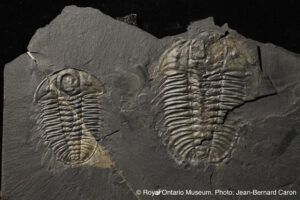
Trilobite sex
Trilobite species Olenoides serratus, has been well studied since 1909 and is one of the most fully understood trilobites in the fossil record, due to the exceptional preservation of soft tissues (labile tissue) at the Burgess Shale. Now after over 100 years of studying the species, and half a billion
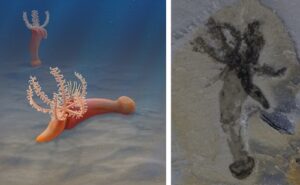
A 506 million year old hemichordate worm with tentacles
Gyaltsenglossus senis, is a newly described hemichordate from the Burgess Shale. It provides evidence on how the anatomies of the two main groups of hemichordates – enteropneusta and pterobranchia – are related. The enteropneusta and pterobranchia differ in body shape and in ecological function. However, DNA analysis of present day
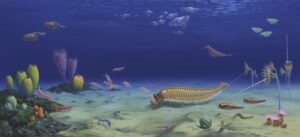
Five-eyes!? Kylinxia zhangi, a new Opabinia-like fossil
Kylinxia zhangi is a newly described euarthropod with five-eyes. It is was discovered in a Cambrian aged deposit in Chengjiang, China, and was recently described in the journal Nature. Kylinxia looks remarkably like a cross between two Burgess Shale animals, Opabinia regalis and Anomalocaris canadensis. The Burgess Shale is currently
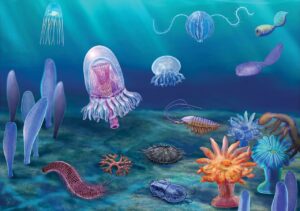
Tropical Fossils: The Burgess Shale Is Not Alone!
Tropical Fossils? The Burgess Shale fossils are found in the Canadian Rockies at a latitude of 51 North. However, the fossilized animals lived and died in the tropics. This change in latitude over time is the result of the slow action of Plate Tectonics. For the last 508 Million years
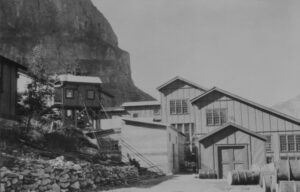
A Mine in Yoho National Park?
A mine. In a National Park. Inside a mountain. Not what you would expect but for over sixty years, zinc and lead where mined from within Mount Stephen and Mount Field in Yoho National Park. These mines were the only successful metal mines in the Canadian Rockies. Railway construction workers chanced
